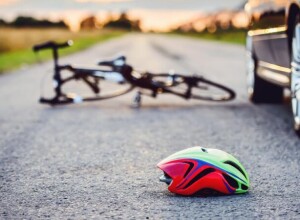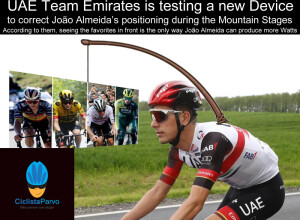That premise became reality in the form of the new 454 NSW Carbon Clincher, with its Sawtooth™ rim architecture featuring Hyperfoil™ nodes and Hexfin™ dimples. The four-year journey to get there was made possible by the engineers’ embrace of a design concept that looked to nature – specifically to humpback whale flippers – to develop the most innovative and highly efficient wheel in Zipp’s 28 year history.
Zipp Advanced Development Director Michael Hall, back in his days working in motor sports, had seen undulating shapes on car airfoils and around sunroofs. He was eager to test a similar concept on bicycle wheels. His fellow Zipp engineers shared that curiosity, so they produced prototype wheels with unconventional up-and-down shaping along the inner diameter of the rim. The first results in the wind tunnel weren’t great. Hall’s team kept trying new shapes, yet the engineers still lacked a full understanding of how to evolve those undulating carbon humps.
So, as he did back in his college days, Zipp Advanced Development Engineer David Morse went on a studying binge.
That’s when “tubercles” and “biomimicry” first entered the Zipp engineering lexicon.
Tubercles are small rounded projections on the surface of a plant or animal. Morse’ research on undulating shapes and fluid dynamics took him to academic studies of the effect of tubercles on the flippers of humpback whales. The introduction of one article in the journal Integrative and Comparative Biology read: “Humpback whales utilize extremely mobile, wing-like flippers for banking and turning. Large rounded tubercles along the leading edge of the flipper are morphological structures that are unique in nature.”

Biomimicry is the subject of numerous reserach articles including "The Tubercles on Humpback Whales' Flippers: Application of Bio-inspired Technology" in the journal Integrative and Comparative Biology.
Nature, of course, does many things extremely well. But how can that apply to bicycle wheels? The same article stated the potential of an approach to innovation known as biomimicry – looking to systems in nature to solve human challenges. “Nature is now being considered as the template for improving mechanical devices and operations, and developing whole new technologies,” wrote the study’s authors, which included noted biomimicry researcher Frank Fish of West Chester University in Pennsylvania. As it turns out, humpback whales, despite weighing 25-40 tons (22,000-36,000 kg), are nimble and acrobatic swimmers when it comes to corralling the krill they feed on thanks in large part to tubercles at the leading edge on their flippers.
Tubercles into HyperFoils:
Zipp engineers had a new reference point for experimentation. Tubercles yielded design cues and inspiration, such as tubercle-like shapes being used to increase the efficiency of windmill blades.
“We tried to find out why that shape works in other industries. How did it come about? The idea didn’t come from the humpback whale, but once we studied the research done on the humpback whale we made the idea better,” Zipp Advanced Development Engineer Ruan Trouw said.

Zipp engineers tested and rejected 35 prototype rim designs before discovering the shape that would become known as the 454 NSW's Sawtooth rim technology.
Progress took time. The 454 NSW – its Hyperfoils refined from studying tubercles – was four years in development. It included 36 prototypes and 252 hours in the wind tunnel. Zipp engineers also used a wind sensor for on-road testing. The result is a wheelset with aerodynamic efficiency and crosswind stability that far surpasses conventionally shaped wheels. The result is a wheelset with aerodynamic efficiency and crosswind stability that far surpasses conventionally shaped wheels. For example, under the yaw angles in the most common riding conditions, the 454 NSW offers a 5 percent reduction in grams of delta side force.
Video:




























Interested? Submit your enquiry using the form below:
Only available for registered users. Sign In to your account or register here.